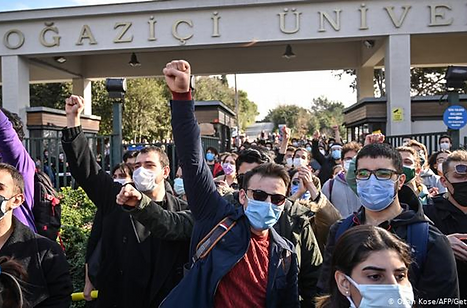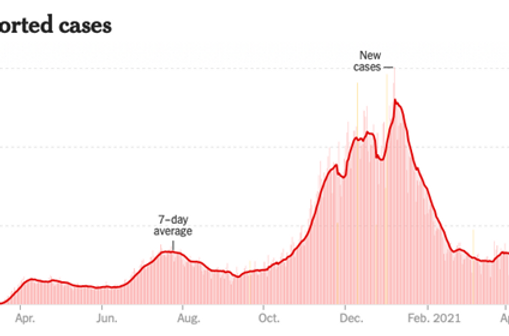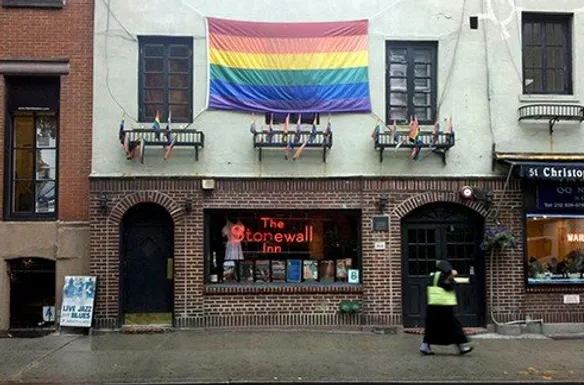
Endless Cycle Of Consumption: Microtrends

Popular culture is the set of practices, beliefs, and objects that are prevalent in a society. In our age, we live in a society where popular culture constantly and very quickly changes. Out of this constant change, microtrends emerge. People collectively decide on what the "next thing” is, and what is not cool anymore. Trend cycles are the natural process of consumer society however with the internet these cycles have become very rapid. With tools like social media, microtrends spread like pandemics but most of the time they do not last for two years. These trends die down in a few months and they are not spoken of ever again. Something that was admired becomes something to make fun of in a very short period.
Social media platforms are the main reason why there are microtrends. Through Instagram, Pinterest, and most importantly TikTok people get influenced by each other very quickly. When a lot of people say that something is cool, it automatically becomes an item of interest. People feel a sense of belonging to a group when they get their hands on that item, and companies take advantage of this herd mentality. With customized advertisements tailored for their viewers and social media influencers who make up 10% of the world population, making people consume and consume even more has become easy.
Consuming is fun but there are consequences. There is a massive amount of energy and material that is used while trying to keep up with these trends. In this millennium, the amount of garments produced annually has doubled. This rapid change created an inhumane environment for workers who work in the textile industry. People work nearly 18-hour shifts and yet do not get paid enough in countries like Bangladesh, Pakistan, India, and many others. The most well-known brands supply their products from these cheap labor countries. In a recent scandal, suppliers in a major clothing production hub in India refused to pay the workers, causing people to live on just rice for days. Aside from the poor conditions of workers, enormous plastic waste, and polluting of the waters with chemicals, there is also the cost of transporting these products, especially the clothing items. According to the World Bank, 10% of all carbon emissions globally are from the fashion industry.
Even though the popular items change, the cycle of microtrends is not going to be over anytime soon. Not consuming is not a choice but being conscious about the effects of our purchases on the planet, and other people while making decisions is crucial. Buying second-hand products or choosing ethical and sustainable companies to shop from are more environmentally conscious options.






